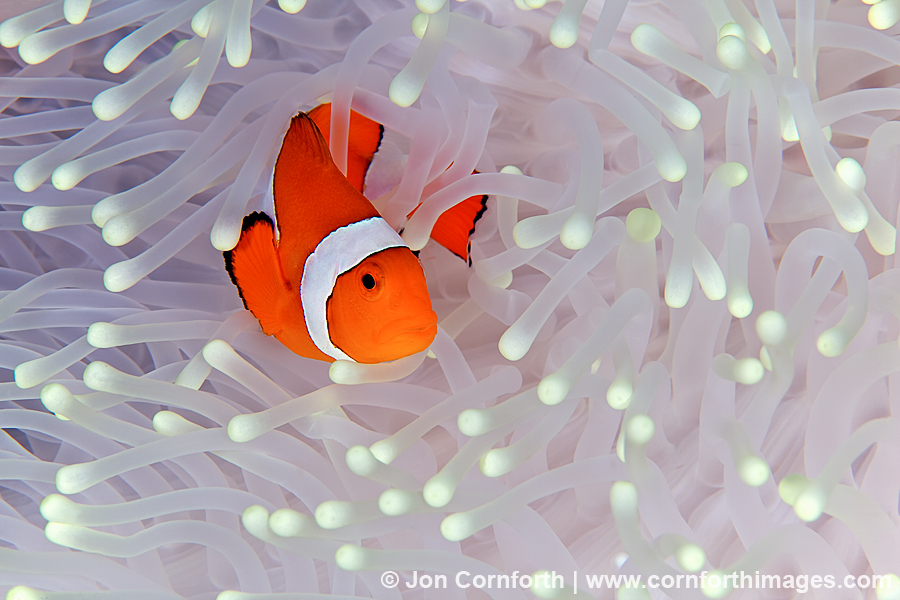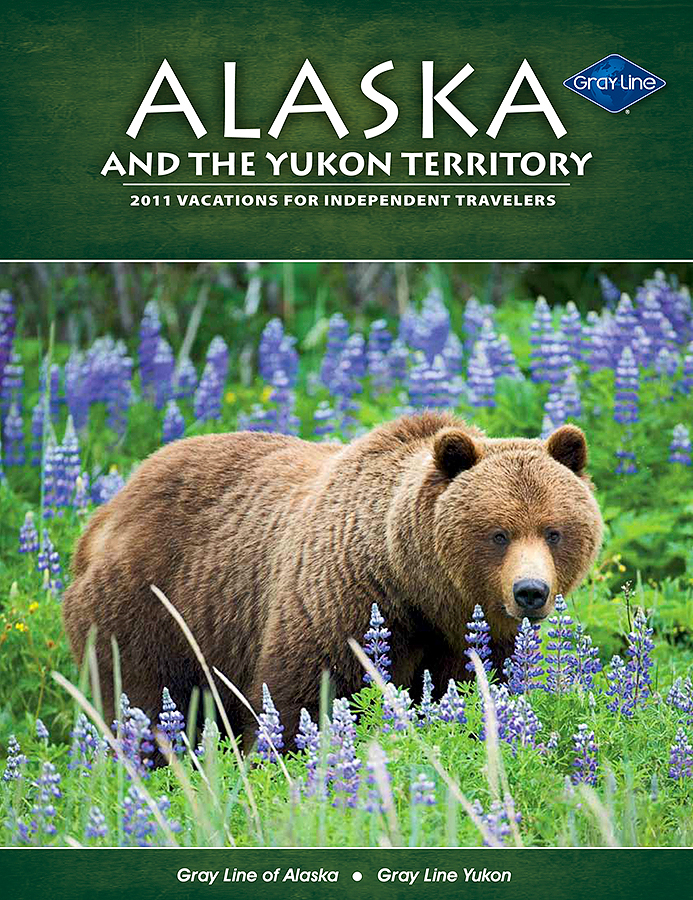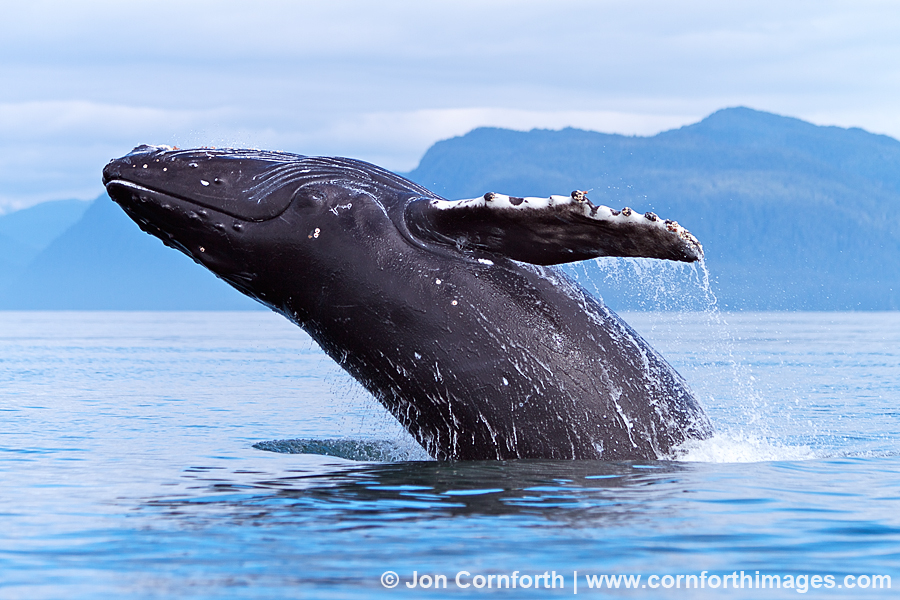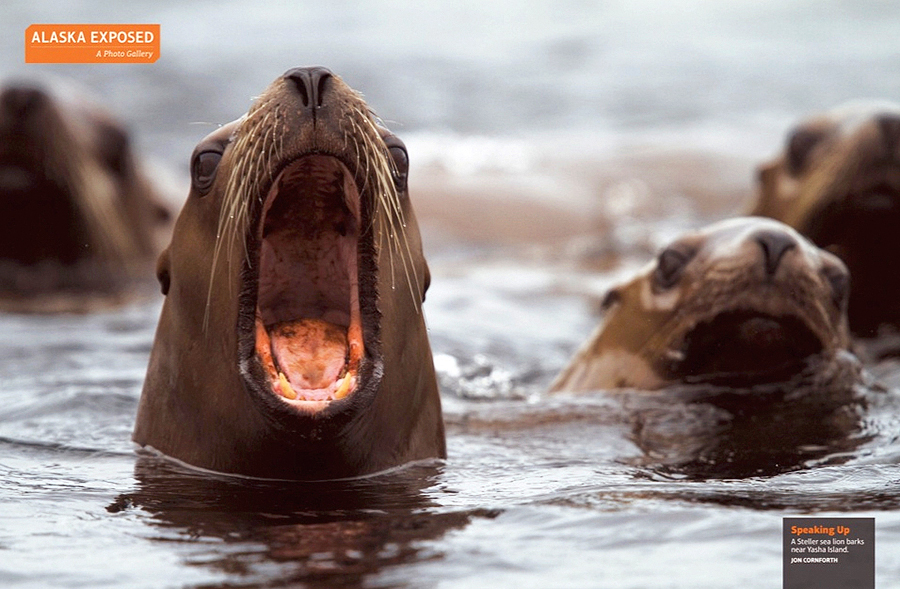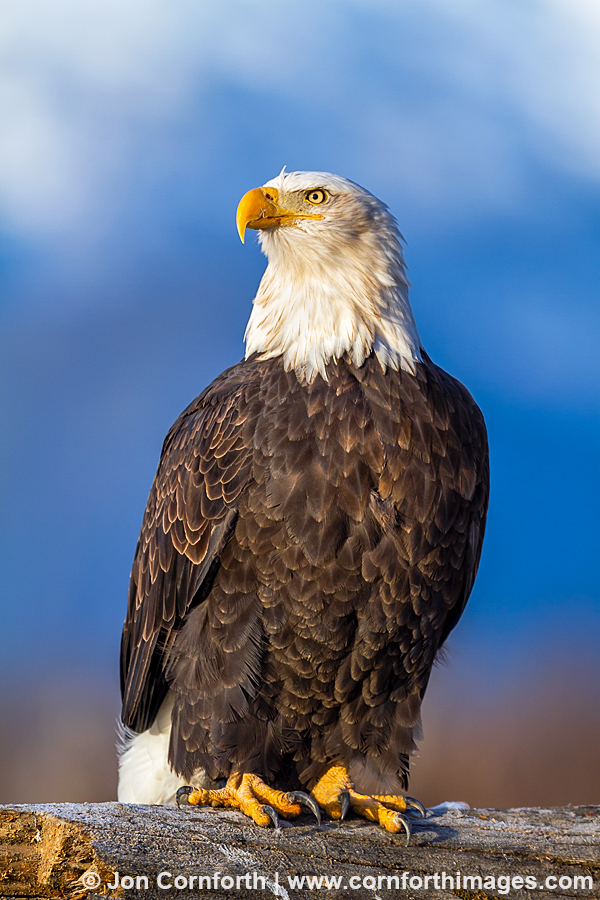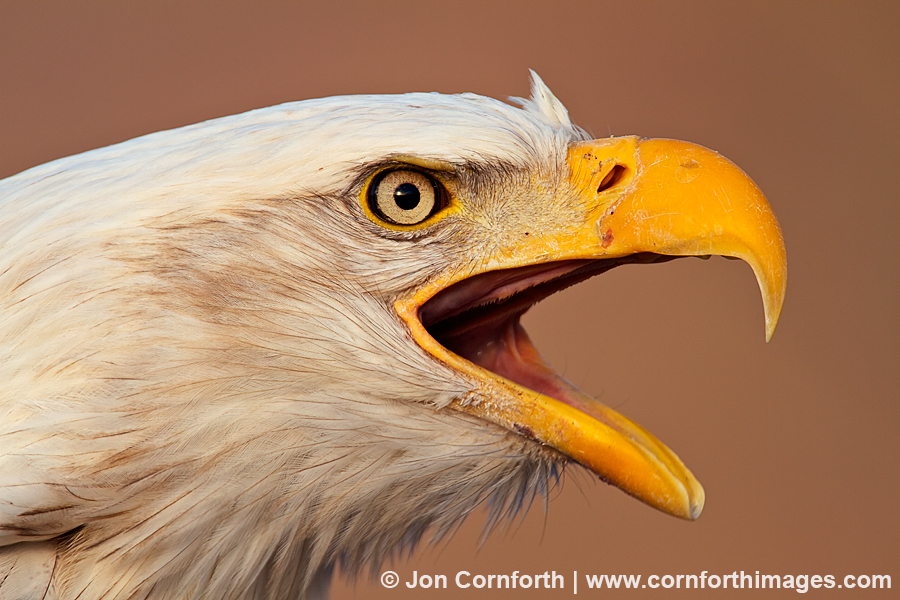
False Clown Anemonefish 23
Posted onI left the Misool Ecoresort in Indonesia 3 weeks ago today, but it still feels like it was just yesterday. It was probably my favorite photography trip that I have ever done and I can not wait to return. I’ll likely lead a photo tour there in the fall of 2012. I am only about 1/3 of the way through editing my images, but I already have a few favorites. Take this comical picture of a juvenile clown anemonefish. I spent a lot of time photographing these aggressive little fish during 2 weeks of scuba-diving. They constantly darted around, hiding in the anemone’s tentacles, but every once in a while I photographed a perfect moment where the fish had clear eye contact with the camera. Unfortunately, I could not do much about it’s “frowning” face, but hopefully it contributes to the humor of this image. I looked for patterns of consistent form and texture of the tentacles and waited until the fish swam into the most aesthetically pleasing sections. Also, I was surprised to learn that this type of clownfish, which most people recognize from the movie Finding Nemo, is actually called a false clown anemonefish. A true clown anemonefish has more pronounced black bars on it’s body. I created this image using my Canon 5DmkII and 100mm f2.8 macro lens in my Ikelite 5DmkII housing with dual Ikelite DS160 strobes set on TTL. This image required minimal processing using Aperture 3 and Photoshop CS5.

